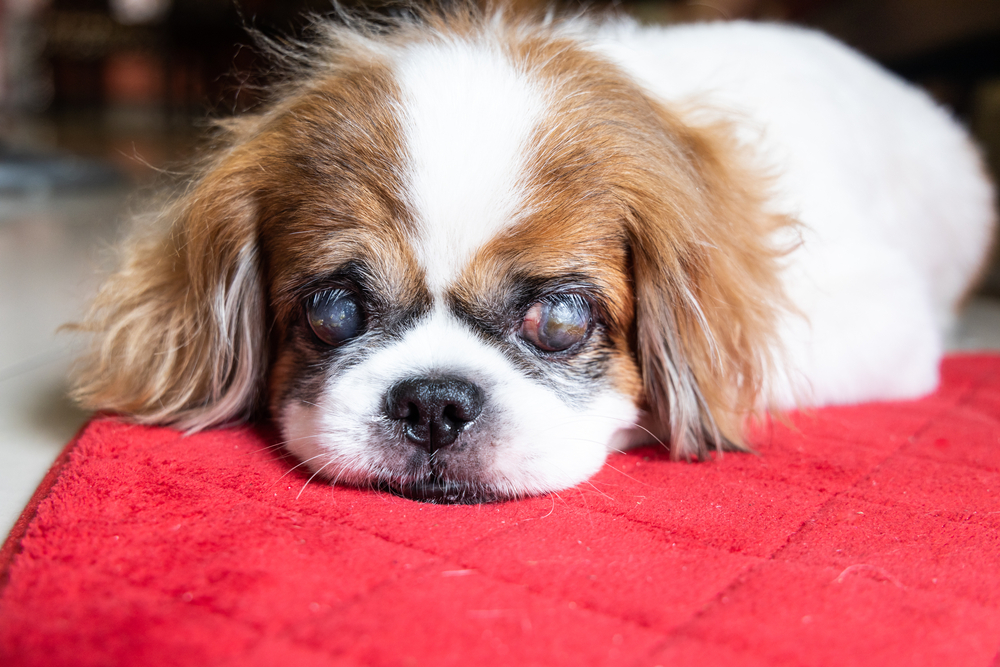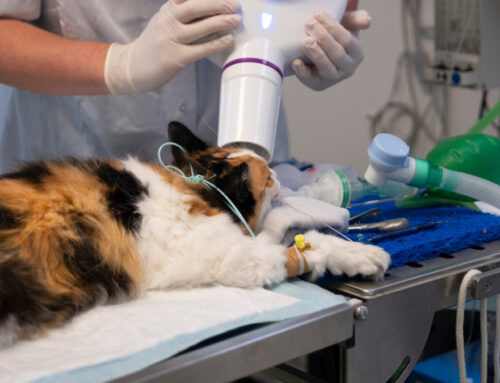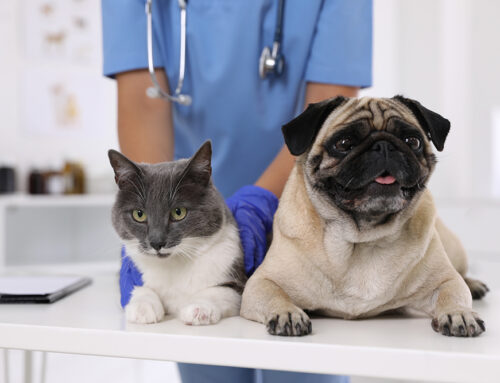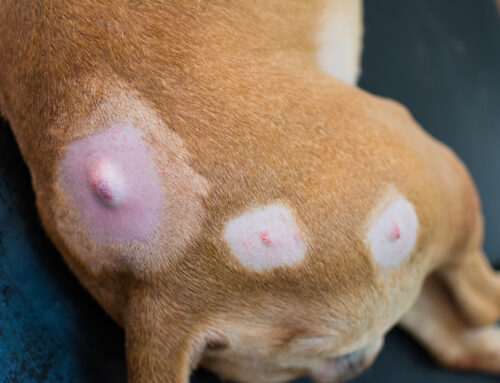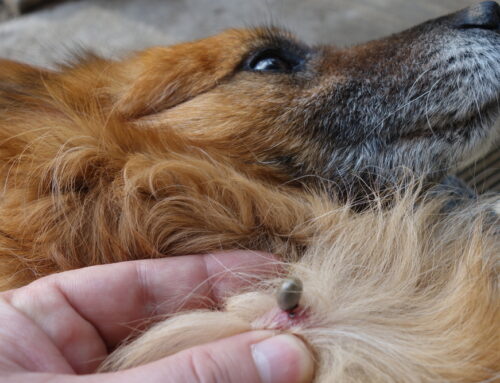Eyes are an essential part of your pet’s well-being, serving as their window to the world. However, eye issues in pets are not uncommon and can lead to significant discomfort or long-term complications if left untreated. At Star of Texas Veterinary Hospital, we specialize in diagnosing and treating a wide range of pet eye conditions. This guide will provide a thorough overview of common pet eye problems, their causes, symptoms, treatment options, and prevention tips, empowering pet owners to keep their beloved companions happy and healthy.
Understanding Common Pet Eye Conditions
Pets can suffer from many eye conditions, some of which may be similar to those experienced by humans. Here’s an in-depth look at the most common eye issues we treat.
Conjunctivitis
Conjunctivitis, often called “pinkeye,” is inflammation of the conjunctiva—the thin membrane lining the eyelids and covering the white of the eye. Symptoms include:
- Redness and swelling
- Discharge ranging from clear to green or yellow
- Squinting or pawing at the eyes
Causes: Conjunctivitis can result from allergies, bacterial or viral infections, or irritants like smoke or dust. If untreated, it can lead to chronic discomfort and more severe infections.
Treatment: Topical antibiotics or anti-inflammatory eye drops are commonly used, along with addressing underlying causes like allergies or environmental irritants.
Learn more about pinkeye in this comprehensive article.
Corneal Ulcers
Corneal ulcers are painful open sores on the cornea caused by trauma, infection, or chronic dry eye. These ulcers are serious and require immediate attention. Symptoms include:
- Excessive tearing
- Cloudy or red appearance of the eye
- Reluctance to keep the eye open
Complications: Left untreated, corneal ulcers can worsen, causing permanent scarring, vision loss, or even perforation of the cornea.
Treatment: Treatment may include antibiotic eye drops, pain management, or surgery for severe cases.
Cataracts
Cataracts are a condition where the lens of the eye becomes cloudy, obstructing light and impairing vision. While they are common in aging pets, certain breeds and pets with diabetes are more prone. Symptoms include:
- Cloudy or bluish appearance in the center of the eye
- Difficulty navigating familiar spaces
- Changes in behavior due to reduced vision
Treatment: Cataracts often require surgical removal to restore vision, especially in cases where they significantly impair a pet’s quality of life.
Glaucoma
Glaucoma occurs when pressure inside the eye increases, damaging the optic nerve. This condition is painful and can progress rapidly, leading to blindness. Symptoms include:
- Red or cloudy eyes
- Dilated pupils that do not respond to light
- Sudden vision loss
Treatment: Managing glaucoma may involve medications to reduce intraocular pressure or surgery in advanced cases. Early intervention is crucial to prevent permanent damage.
Dry Eye (Keratoconjunctivitis Sicca)
Dry Eye occurs when tear production is insufficient, leading to irritation and inflammation. Symptoms to watch for include:
- Thick discharge
- Redness or constant blinking
- Dull or cloudy appearance
Risks: Without adequate lubrication, pets with Dry Eye are at risk of developing corneal ulcers or chronic pain.
Treatment: Artificial tears and medications to stimulate tear production are the most common treatments.
Causes and Risk Factors
Eye issues in pets can arise from various causes, including:
- Trauma: Scratches, foreign objects, or blunt force can damage the eye.
- Infections: Bacterial, viral, or fungal infections often lead to inflammation.
- Genetics: Certain breeds, such as Bulldogs, Pugs, and Persian cats, are predisposed to eye problems due to their facial structure.
- Systemic Illnesses: Conditions like diabetes and autoimmune diseases can manifest as eye problems.
- Environmental Factors: Smoke, pollen, and dust can irritate sensitive eyes.
Understanding your pet’s specific risk factors can help you take proactive measures to safeguard their eye health.
Recognizing Symptoms of Eye Problems
Spotting the early signs of an eye issue is vital for effective treatment. Symptoms to monitor include:
- Persistent redness or swelling
- Excessive tearing or unusual dryness
- Squinting or keeping one eye closed
- Cloudiness or changes in eye color
- Discharge (clear, yellow, or green)
- Pawing at the face or rubbing against furniture
- Visible third eyelid
If you notice any of these symptoms, contact your veterinarian immediately. Early intervention often leads to better outcomes.
Diagnosis and Advanced Treatment Options
Diagnosing eye conditions requires a thorough veterinary examination. Common diagnostic tools include:
- Ophthalmoscope: To examine the structures within the eye.
- Schirmer Tear Test: To measure tear production levels.
- Fluorescein Staining: To detect corneal ulcers or scratches.
- Tonometry: To measure intraocular pressure for conditions like glaucoma.
Treatment Tailored to Your Pet’s Needs
Treatment depends on the specific condition:
- Conjunctivitis: Typically treated with antibiotic or anti-inflammatory eye drops.
- Corneal Ulcers: Managed with antibiotics, pain relief, and surgical intervention if necessary.
- Cataracts: Surgery is the gold standard for restoring vision.
- Glaucoma: Medications or surgery to reduce intraocular pressure are vital.
- Dry Eye: Managed with artificial tears and medications to promote tear production.
Prevention and Home Care for Healthy Eyes
Preventing eye problems starts with proactive care. Follow these tips to protect your pet’s vision:
- Regular Eye Checks: Examine your pet’s eyes weekly for any abnormalities.
- Maintain Cleanliness: Keep hair around the eyes trimmed and clean any discharge gently.
- Protective Measures: Use protective goggles for dogs during outdoor activities that may expose them to debris or harmful UV rays.
- Dietary Support: A diet rich in omega-3 fatty acids and antioxidants supports eye health. Supplements can be considered after consulting your veterinarian.
- Routine Vet Visits: Regular checkups allow early detection of potential eye issues.
By taking these steps, you can help reduce the likelihood of serious eye conditions in your pet. Learn more with this helpful guide.
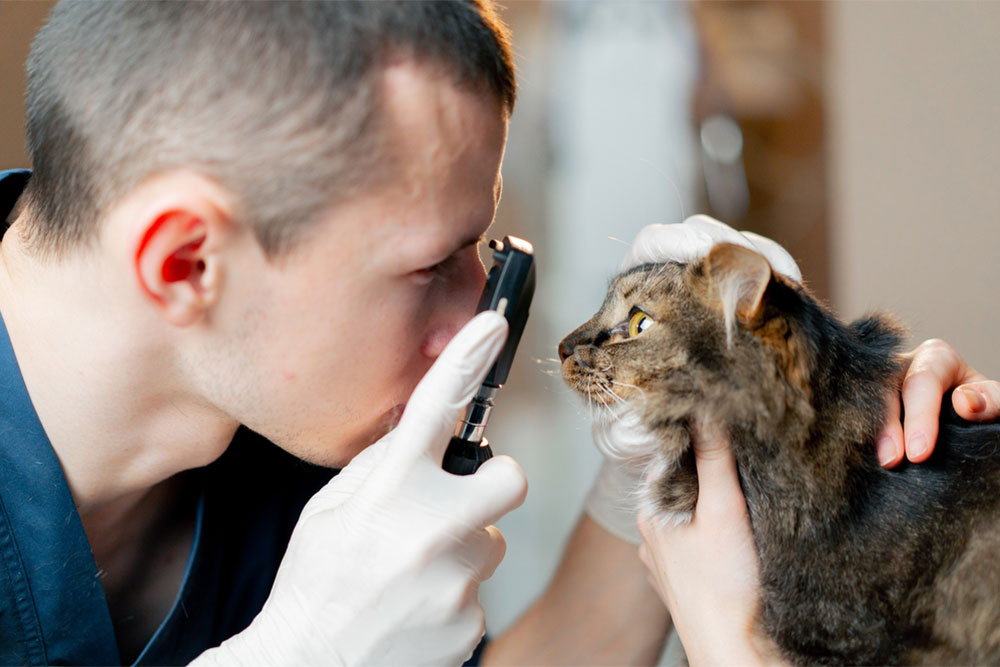
Emergency Situations: When to Seek Immediate Care
Certain symptoms indicate an eye emergency, including:
- Sudden vision loss
- Eye trauma or foreign objects
- Bulging or sunken appearance of the eye
- Severe pain or discomfort
If your pet experiences any of these signs, seek veterinary care immediately. Quick action can prevent irreversible damage.
The Importance of Veterinary Care
Professional veterinary care is essential for diagnosing and treating eye conditions. Untreated issues can lead to chronic pain, vision loss, or secondary complications. At Star of Texas Veterinary Hospital, our team provides compassionate, cutting-edge care tailored to your pet’s unique needs.
FAQs About Pet Eye Health
Q: How often should I clean my pet’s eyes?
A: Regularly clean your pet’s eyes if you notice discharge or debris, but avoid over-cleaning as it may cause irritation.
Q: Are there any supplements to support eye health?
A: Yes, supplements rich in omega-3 fatty acids, vitamin A, and antioxidants can promote eye health. Consult your veterinarian before adding supplements to your pet’s diet.
Q: What should I do if my pet is pawing at their eyes?
A: Frequent pawing often indicates discomfort or injury. Schedule a veterinary appointment as soon as possible.
For more information about feline vision problems, check out this article from the Cornell Feline Health Center.
Your pet’s vision is a precious gift that deserves protection. By recognizing symptoms early and seeking professional care, you can help your pet maintain a lifetime of healthy vision. If you notice any signs of eye issues or need expert advice, schedule an appointment today through our Client Appointment Request. At Star of Texas Veterinary Hospital, we’re committed to helping your pet see a brighter future.

